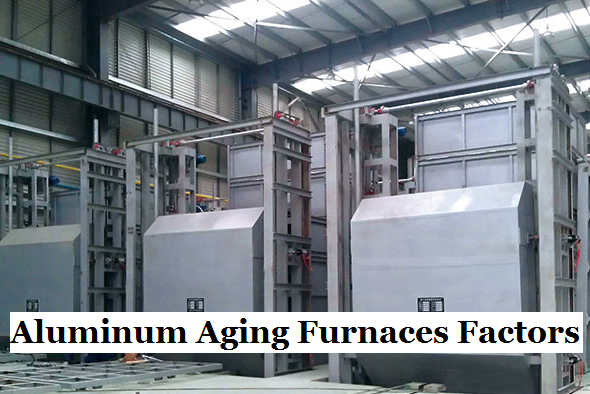What is Aluminum Aging Furnace - Factors Affecting Aluminum Alloy Ageing Furnaces | Diecasting-mould
The age hardening mechanism is a type of artificial aging, which makes the aluminum profiles get predetermined strength properties such as tensile strength. For the aging of aluminum die castings, what factors will affect the aging furnace? In this article, let’s get into the question and what is an aluminum aging furnace.

What is Aluminum Aging Furnace?
Aluminum aging furnace, also known as aluminum alloy ageing furnace and aluminum aging oven, is a specialized device used for aging heat treatment of aluminum alloy castings after solution treatment, to eliminate preheating of aluminum alloy materials after initial processing, reduce stress concentration and deformation of aluminum alloy.
Factors Affecting Aluminum Alloy Ageing Furnaces
1. Aging temperature
When aging at different temperatures, the critical nucleation size, quantity, composition, and the speed of aggregation and growth of precipitates are different. If the temperature is too low, difficult to diffuse, and the strength and hardness after aging are low. When the aging temperature is too high, the diffusion is easy to proceed, the critical nucleation size of the precipitated phase in supersaturated solid solution is large, and the strength and hardness are low after aging. Therefore, all kinds of alloys have the most suitable aging temperature.
2. Residence time from quenching to artificial aging
For some aluminum alloys, such as Al-Mg-Si alloy, the strength index of the alloy can not reach the maximum value after artificial aging at room temperature, while the plasticity increased. For example, the ultimate strength of ZL101 cast aluminum alloy when it after quenching, and kept at room temperature for one day then start artificial aging is 10-20Mpa lower than that of aged immediately after quenching, but the plasticity is higher.
3. Chemical composition of the alloy
Whether an alloy can be strengthened by aging depends on whether the elements of the alloy can be dissolved in the solid solution and the temperature impact on solid solubility. For example, the solid solubility of silicon and manganese in aluminum is relatively small and does not change with temperature. Although magnesium and zinc have a large solid solubility in aluminum-based solid solution, the structure and matrix of the compounds formed with aluminum have little difference, and the strengthening effect is very little. Therefore, Al-Si, Al Mn, Al-Mg, and Al Zn do not adopt aging strengthening treatment. However, some binary alloys, such as Al Cu alloy, ternary alloy, or multi-element alloy, such as Al-Mg-Si alloy, Al Cu mg Si alloy, have solubility and solid phase transformation during heat treatment, which can be strengthened by heat treatment.
4. Solution treatment
In order to obtain a good aging strengthening effect, under the condition of no overheating, overburning, and grain growth, higher quenching temperature and longer holding time are beneficial to obtain a uniform solid solution with maximum supersaturation. In addition, the second phase will not precipitate during quenching and cooling, otherwise, the precipitated phase will play a role of nucleation in the subsequent aging treatment, resulting in local uneven precipitation and reducing the aging strengthening effect.

